Rigid glass touchscreens may give way to bendable, foldable portable displays in the future, thanks to utilizing graphene — Â an advanced technology that has generated interest from Apple, Samsung and others.
A pair of reports in the last week have highlighted graphene as a material with the potential to revolutionize the technology industry. While graphene could power semiconductors and advanced circuitry decades in the future as technology improves, the most immediate implementation would be touchscreens.
Michael Patterson, CEO of Graphene Frontiers, said in an interview with Fortune that graphene in sheet or film form has "incredible potential for electronics" that will take time to develop. But in the short-term, he believes graphene could be used for basic touchscreens in the next six to 12 months.
In a separate piece, Bloomberg went a few steps further, and suggested that graphene could be used to create flexible displays for portable devices. Author Jungah Lee noted that Apple specifically mentions the use of graphene in at least two patent applications, while its chief rival Samsung has 38 patents and at least 17 applications that make note of using graphene.
The report suggested that graphene could be a key technology if Apple or some other company were to develop "bendable smartwatches or tablets that fold up into smartphones."
In sheet form, graphene is just one atom thick and is made of pure carbon. It's an excellent conductor of electricity and is especially strong for its light weight, estimated at 100 times more durable than steel.
In addition to being strong and conductive, it's also flexible and transparent. That's why the material could be "ideal for bendable touchscreen displays," according to Bloomberg.
 Neil Hughes
Neil Hughes
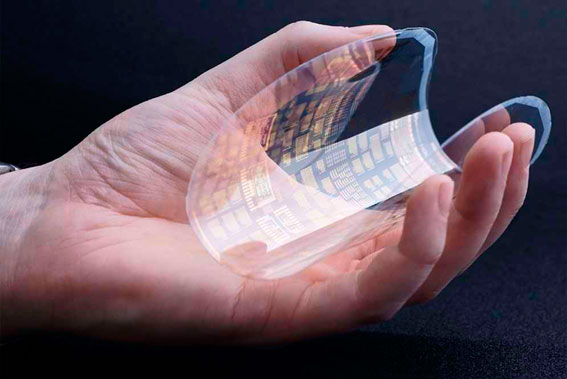

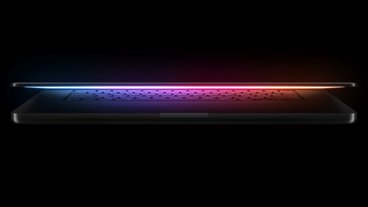


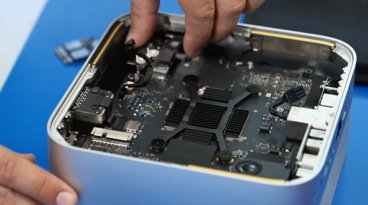


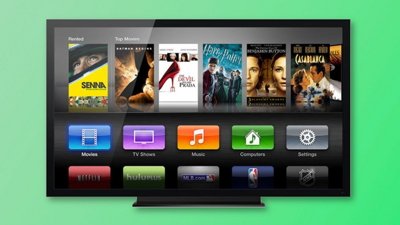
 Charles Martin
Charles Martin


 Christine McKee
Christine McKee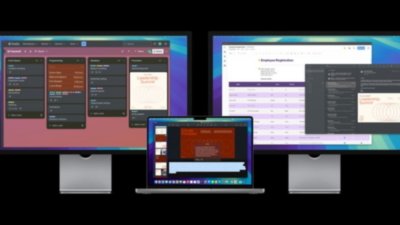
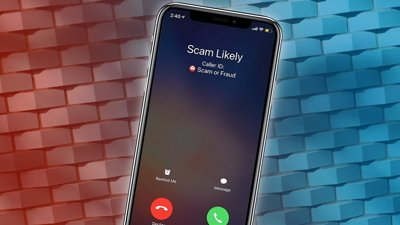

 Oliver Haslam
Oliver Haslam
 William Gallagher
William Gallagher








32 Comments
Apple and Samsung are behind this.
So, who owns this technology now? Whoever buys the royalties or whoever buys the inventor?
Or, to whom ever the inventor gives royalties to?
Ah, graphene. There’s not much you can’t do. And what you can’t, graphyne takes care of. Also stanene.
I still fail to see the point of a flexible screen if the parts behind it aren't flexible as well.
Okay, its flexible and transparent. But nobody but a surgeon wants to handle something one atom thick (it'd slice right through you), so there's going to have to be something the graphene is adhered to, plus all the layers of circuitry that create a display. You know, LEDs LCDs, or whatever that emits the light for each pixel. Are those bendable too? Nope. There seems to be a huge gap in understanding between curved displays (a display created on a curved surface) and usefully bendable displays (which goes well beyond that recent Android phone with a curved display that you could flex a little bit). I doubt that grapheme, on its own, takes us more than an imaginary step toward truly bendable [read: foldable] displays.
I imagine this tech would make creating curved screens easier. Even though the device's background hardware isn't flexible, this would make it easier to curve the screen on top of it. Still not too useful on an iPhone. But It'd be great to have a desktop monitor that's 3 feet wide and curved around you.